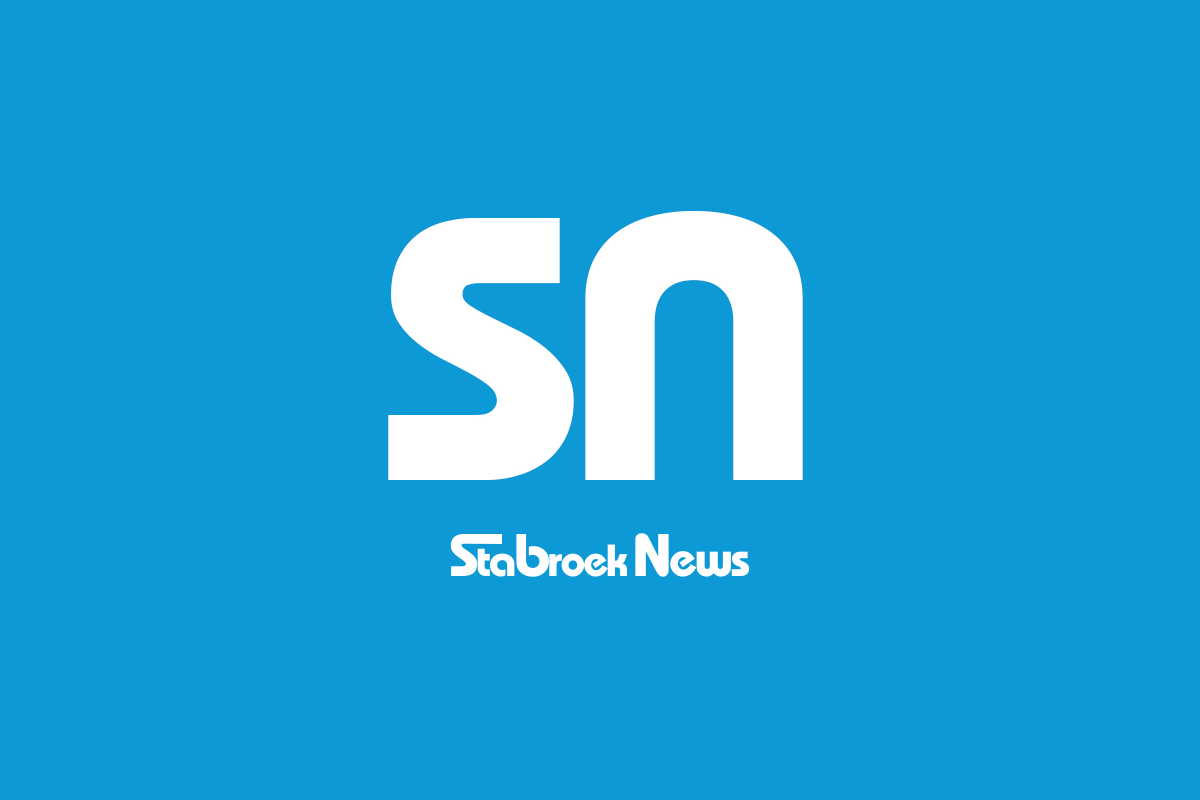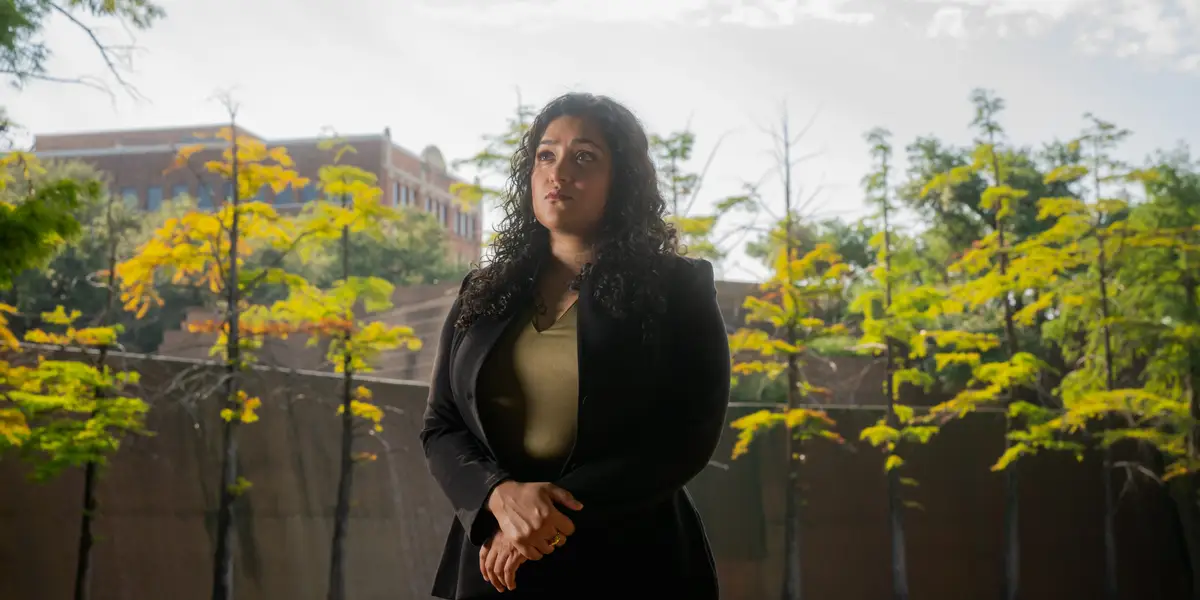
The Department of Education has begun the first of two negotiated rulemaking sessions to implement President Donald Trump’s overhaul of student loan repayment.
Why It Matters
Changes to student loan repayment were included in Trump’s “One Big Beautiful Bill” that was approved by Congress in July.
The Higher Education Act of 1965 requires public involvement in the development of proposed regulations. Before officially proposing new rules, the Department of Education must ask for input from the public and stakeholders and use a process called negotiated rule making where representatives meet with the department to work out the details of the proposed rules.
Any changes to the federal student loan system will affect both current and future borrowers, and many could see their payments rise when most existing repayment plans are phased out.
What To Know
The department convened its Reimagining and Improving Student Education (RISE) Committee on Monday.
According to the agenda for the week-long session, the committee will discuss proposals for provisions in Trump’s tax and spending law that cover student loan limits, repayment plans, deferment, forbearance, and Public Service Loan Forgiveness (PSLF).
The law will eventually phase out three income-driven repayment plans—the Income-Contingent Repayment, the Pay As You Earn and President Joe Biden’s Saving on a Valuable Education plans.
They will be replaced by a new plan called the Repayment Assistance Plan (RAP) which will set monthly repayments at 1 to 10 percent of a borrower’s annual adjusted gross income from the previous tax year.
Those earning more will have higher repayments, with the minimum set at $10. The plan will waive unpaid interest each month, and will require 30 years of repayment before forgiveness is granted.
Borrowers who do not enroll in the RAP after July 1, 2026, will only have the option of a standard repayment plan—which isn’t tied to income—going forward.
The standard plan would set monthly payments based on the amount of the borrower’s direct federal loans and the interest rates on the loans, according to the department’s text of proposed changes.
What People Are Saying
Betsy Mayotte, president of the Institute of Student Loan Advisers, told Newsweek that most of the negotiations will be “restricted to implementing the budget reconciliation bill. The ED [Department of Education] is required to draft regulations to implement those changes in federal law. I haven’t seen too much in the proposals that go beyond that scope, but it’s a little early to tell for sure.”
She added: “Most student loan activities are done by contractors. As has been the case in past shutdowns, the ED will continue to issue new Pell grants and federal student loans. Borrowers will still be due payments and will be able to work with their loan servicers for questions and payment plan applications etc. PSLF and other programs are also, for the most part, unlikely to be affected.”
Asked for comment, a spokesperson for the Department of Education told Newsweek: “The ‘Reimagining and Improving Student Education’ negotiated rulemaking committee session is ongoing. The Committee is addressing federal student loan-related changes in President Trump’s One Big Beautiful Bill Act.”
Nicholas Kent acting under secretary of the Department of Education, wrote on X on Monday: “America’s trust in higher education is at a record low. That’s why @usedgov is standing with @POTUS and the One Big Beautiful Bill Act to reform and reimagine a broken system that has failed too many students for far too long.”
What’s Next
The RISE Committee will be convening every day until Friday to discuss the changes. Another five-day session is set to take place from November 3 to 7.
The Trump administration is aiming for the changes to student loan repayment to be implemented by July 2026.



